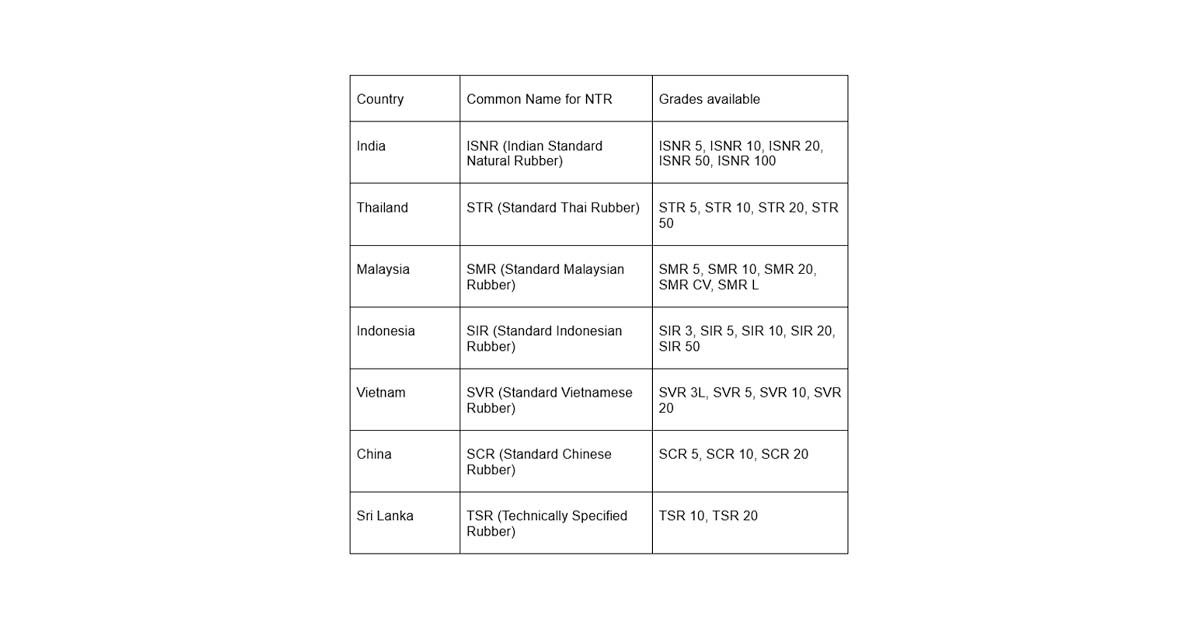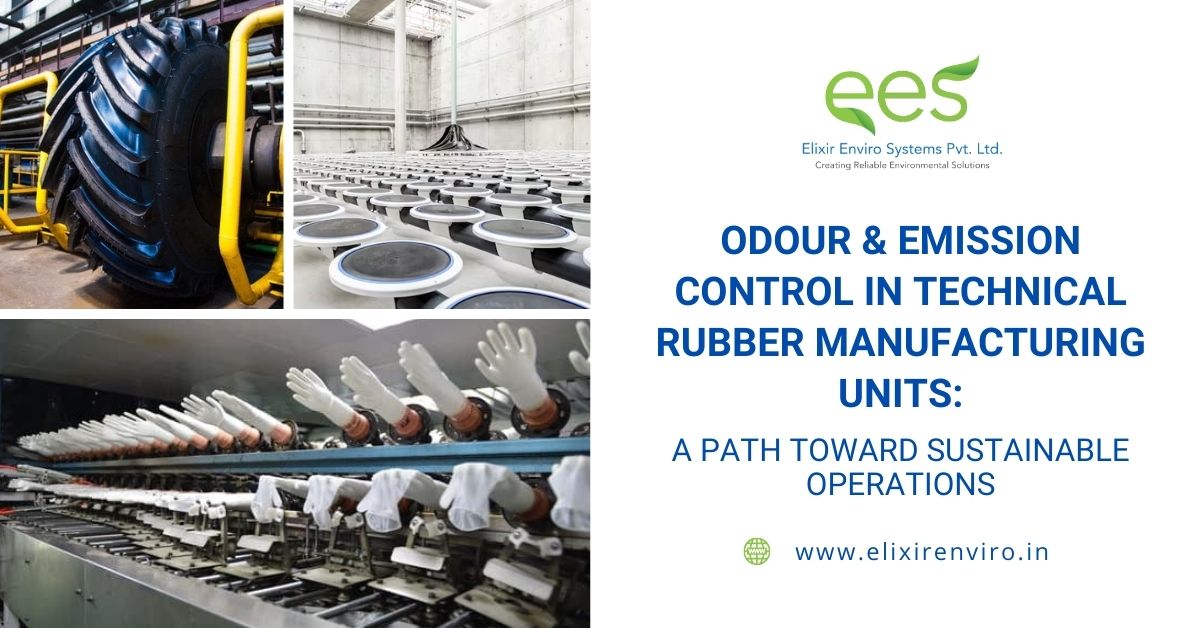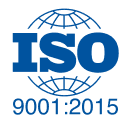Odour and Emission Control in Technical Rubber Manufacturing Units: A Path Toward Sustainable Operations
Introduction
Ever walked into a rubber manufacturing plant and been hit by that strong, unmistakable smell? If so, you’re not alone. The odour from technical rubber manufacturing isn’t just a nuisance, it’s a complex mix of chemicals, process emissions, and, if left unmanaged, a regulatory and community relations challenge. But here’s the good news: odour control in rubber plants is 100% solvable!
Natural Rubber or processed latex is used in different industrial applications. But generally, it is not directly used. Raw natural rubber has several limitations that make it unsuitable for direct industrial use, especially in applications like tires, gaskets, conveyor belts, and industrial rubber products. Therefore, it undergoes further processing to make it technically fit for most of the industrial applications, making it Natural Technical Rubber (NTR). Technical rubber is important as it ensures consistent performance, improved processability, meets global standard and is sustainable alternative to synthetic rubber.
The key properties of Natural Technical Rubber are the following
- High Elasticity & Resilience – Excellent for shock absorption
- Tear & Abrasion Resistance – Ideal for tires, belts, and seals
- Heat & Aging Resistance – Improved through processing
- Low Impurities – Consistent quality for industrial processing
Different countries have specific grading systems for NTR, commonly known as Technically Specified Rubber (TSR); in India it is known by the name ISNR (Indian Standard Natural Rubber), in Thailand its STR (Standard Thai Rubber), in Malaysia its SMR (Standard Malaysian Rubber) etc. TSR 20 is the most used grade worldwide, primarily in tires, industrial rubber products, and conveyor belts.

Technical rubber manufacturing supports key industries such as automotive, aerospace, construction, and healthcare. However, one persistent challenge is the emission of strong odours caused by the release of volatile organic compounds (VOCs), sulfur compounds, and other airborne contaminants during processes like vulcanization, compounding, and extrusion.
Odour emission control is essential for regulatory compliance, worker health, and maintaining harmonious community relations. Below, we explore the root causes of odours, the associated challenges, and solutions for effective odour management.
What Causes Odour in Rubber Manufacturing?
- Vulcanization Process: The cross-linking of rubber molecules using sulfur or peroxides releases hydrogen sulfide (H₂S), mercaptans, and other sulfur-containing compounds, which have a strong, unpleasant odour.
- Rubber Compounding: The addition of processing oils, resins, and chemical accelerators can lead to the release of VOCs such as benzene, toluene, and styrene, contributing to odour emissions.
- Mixing and Extrusion: The heating of rubber compounds during mixing and extrusion generates fumes containing hydrocarbons, ammonia, and organic acids.
- Solvent-Based Adhesives: The use of solvents in rubber processing and finishing results in emissions of volatile organic compounds, which can cause odour issues.
- Wastewater Treatment: The presence of organic contaminants and residual chemicals in wastewater can generate odorous gases such as ammonia, hydrogen sulfide, and methane.
Challenges in Odour Control
- Complex Chemical Composition: Odours from rubber manufacturing are caused by a mix of chemicals with varying volatility, making them difficult to capture and neutralize.
- High Temperature Processes: Many rubber processing steps occur at elevated temperatures, which increases the volatilization of odour-causing compounds.
- Regulatory Compliance: Strict environmental regulations require manufacturers to adopt effective odour control measures, necessitating investment in advanced technologies.
- Workplace Safety: Exposure to odorous emissions can cause headaches, nausea, and respiratory irritation, impacting worker health and productivity.
- Community Complaints: Persistent odour issues can lead to complaints from nearby residential areas, potentially resulting in legal and operational challenges.
Effective Odour Control Solutions
1. Process Optimization
- Implementing closed-system processing and efficient material handling techniques can help reduce odour emissions at the source.
- Using low-odour or alternative raw materials in rubber formulation can minimize the release of volatile compounds
2. Activated Carbon Filtration
- Activated carbon filters are highly effective in adsorbing VOCs and sulfur compounds from process air.
- These filters can be installed in ventilation systems to capture odorous gases before they are released into the atmosphere.
3. Biofiltration Systems
- Biofilters use microorganisms to break down odorous compounds into non-volatile byproducts.
- This eco-friendly approach is particularly effective for treating hydrogen sulfide and organic odours from exhaust air streams.
4. Chemical Scrubbing
- Wet scrubbers use chemical reagents to neutralize acidic and basic odorous compounds.
- Commonly used scrubbing agents include sodium hydroxide for acidic gases and sodium hypochlorite for organic odours.
5. Thermal Oxidation
- Thermal oxidizers combust VOCs and odour-causing compounds at high temperatures, converting them into harmless CO₂ and H₂O.
- Regenerative thermal oxidizers (RTOs) improve energy efficiency and are suitable for large-scale rubber manufacturing facilities.
Emission Control = Operational Excellence
For technical rubber manufacturers, effective odour and emission control is no longer just a compliance checkbox — it is part of being a future-ready manufacturer. From regulatory resilience to supply chain credibility to employee satisfaction, clean air initiatives deliver far-reaching operational and business benefits. The best companies aren’t just reacting to complaints; they’re proactively investing in sustainable solutions.
Elixir Enviro Systems’ Role in Odour Control
At Elixir Enviro Systems, we provide customized odour control solutions for technical rubber manufacturing units. Our expertise includes:
- Biofiltration Systems: We design and install biofilters that use natural microorganisms to break down odorous compounds efficiently, ensuring compliance with environmental regulations.
- Chemical Scrubbing: Our advanced wet scrubbers neutralize harmful sulfur compounds and VOCs, reducing odour emissions effectively.
- Activated Carbon Adsorption: We offer activated carbon filtration solutions to capture airborne contaminants and improve air quality in rubber manufacturing plants.
- Odour Monitoring & Assessment: Our onsite odour measurement and assessment services help identify odour sources and recommend targeted control strategies.
- Pilot Studies & Custom Solutions: We conduct pilot studies to evaluate the best odour control technologies for specific industrial processes, ensuring optimal results.
By implementing our innovative and sustainable odour control solutions, rubber manufacturers can achieve regulatory compliance, enhance workplace safety, and improve community relations.
Conclusion
Odour control in technical rubber manufacturing isn’t just about meeting regulations — it’s about creating a safer workplace, protecting the environment, and strengthening your brand’s commitment to sustainable practices. By combining process optimization with advanced treatment technologies, manufacturers can significantly reduce odour emissions and enhance operational performance.
At Elixir Enviro Systems, we specialize in comprehensive, customized odour control solutions for rubber manufacturing and other industrial sectors. From biofilters to chemical scrubbers to advanced monitoring solutions, we help you stay compliant, sustainable, and community-friendly.






